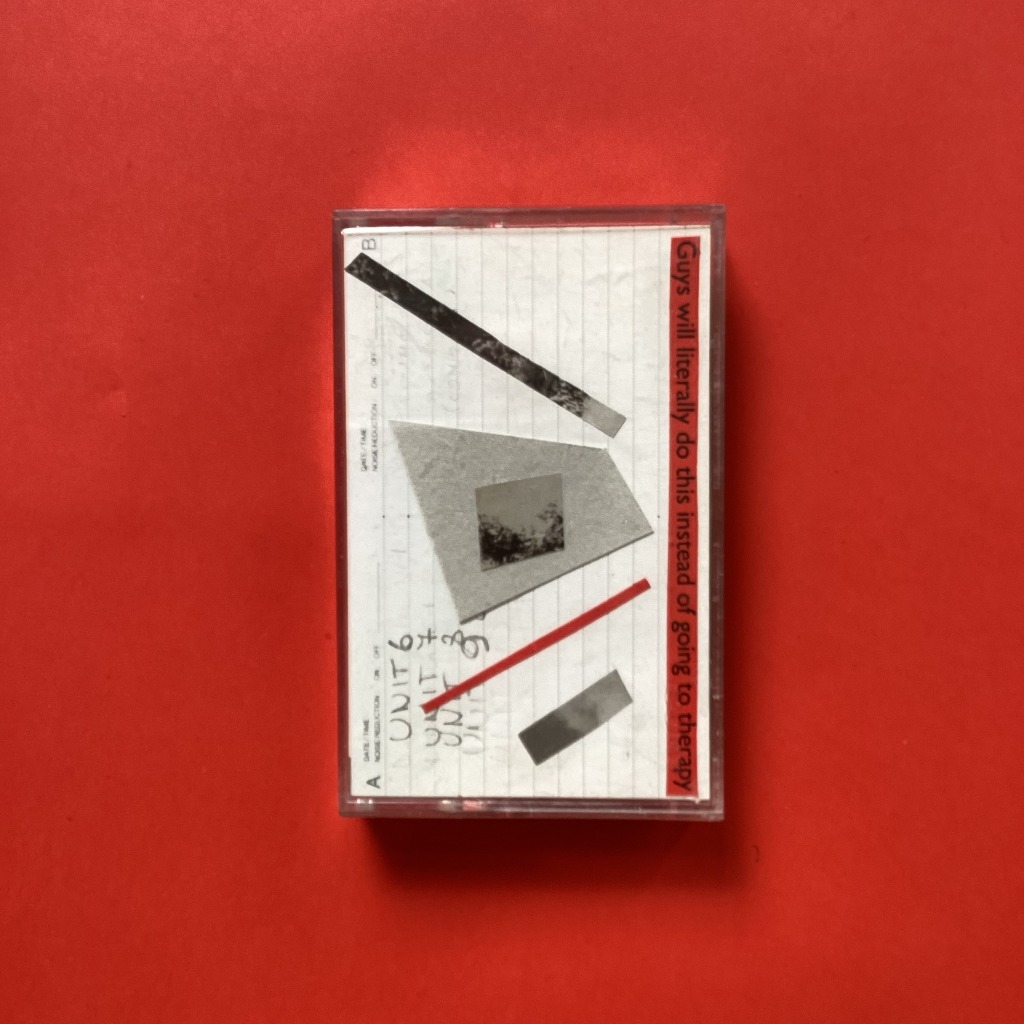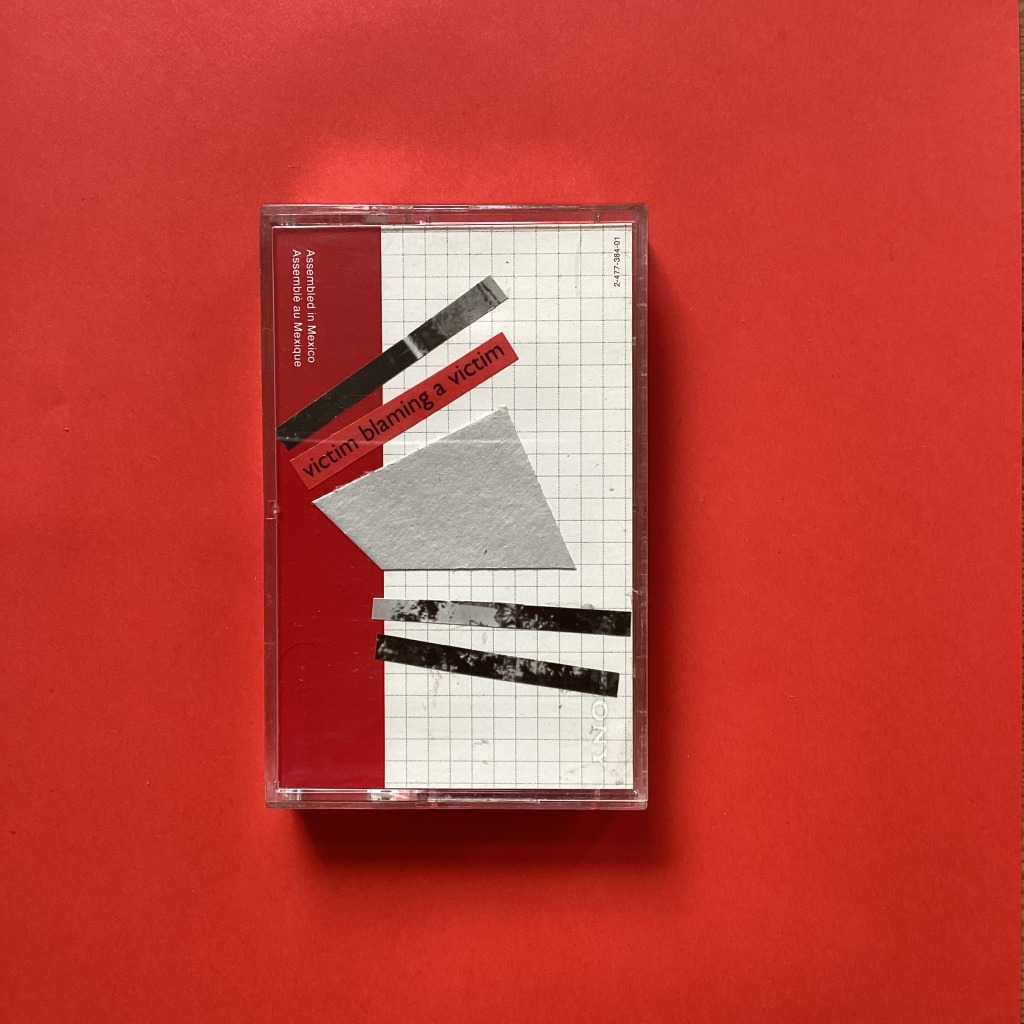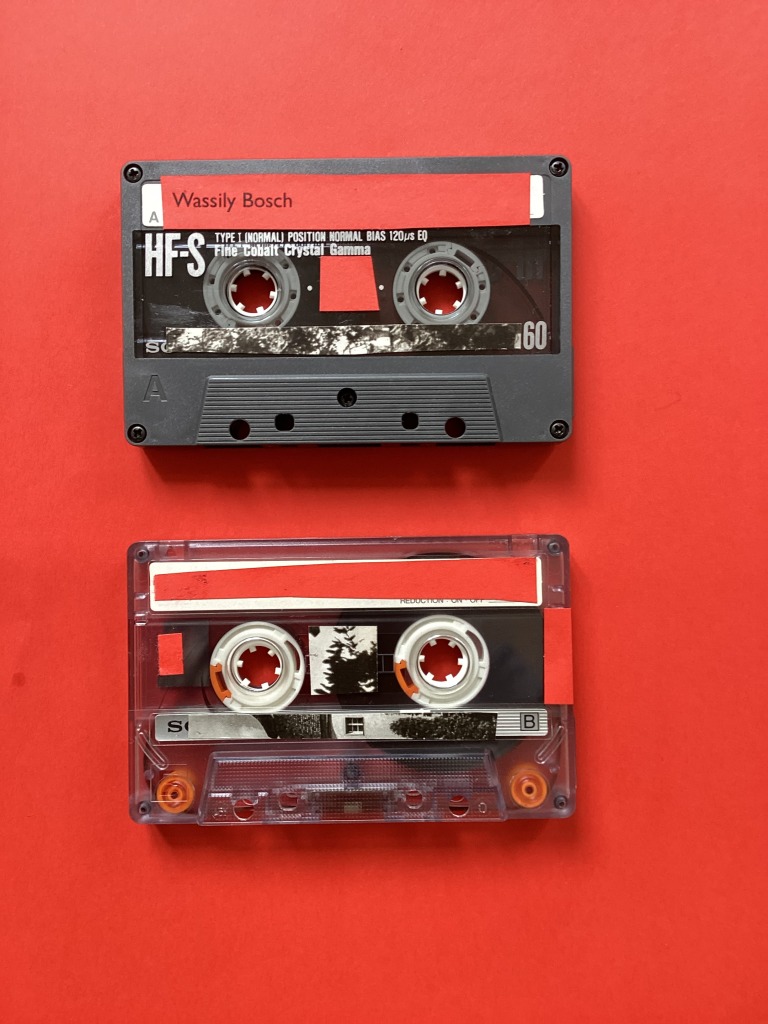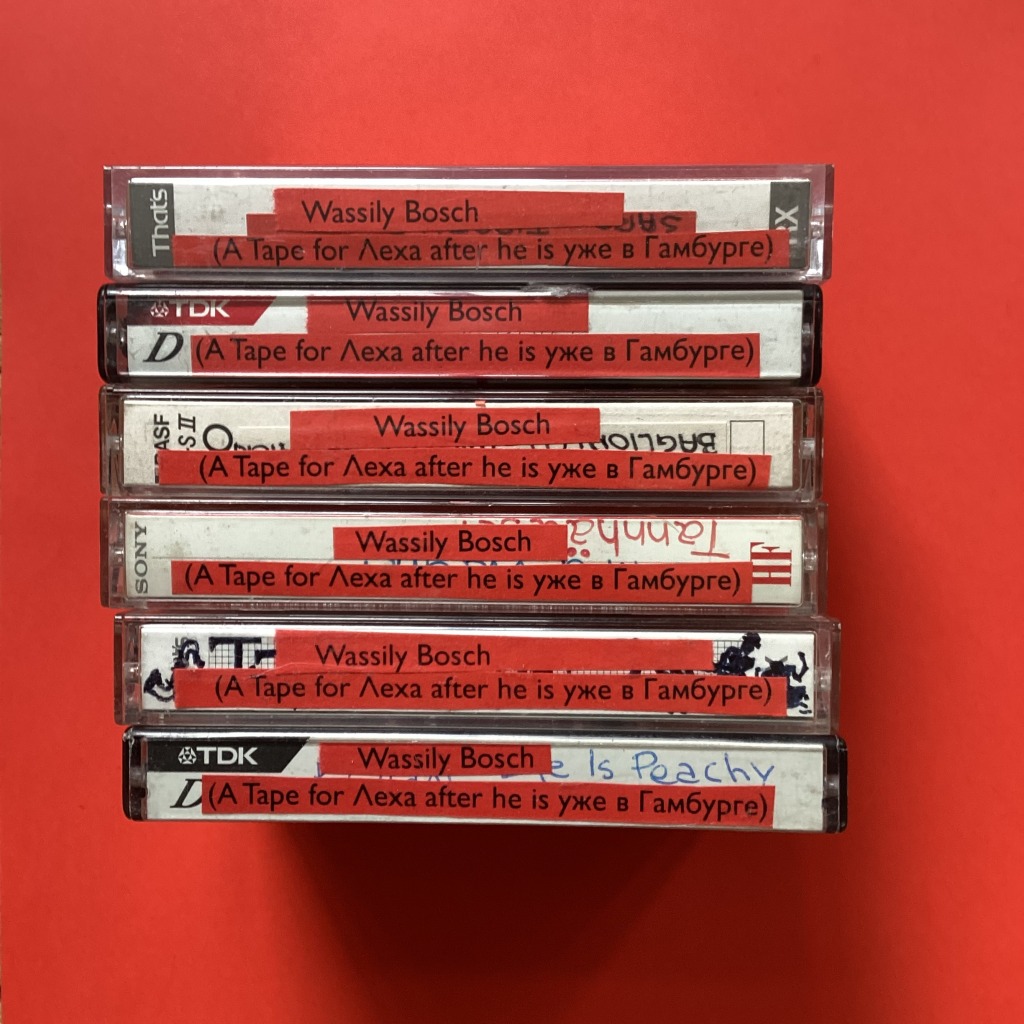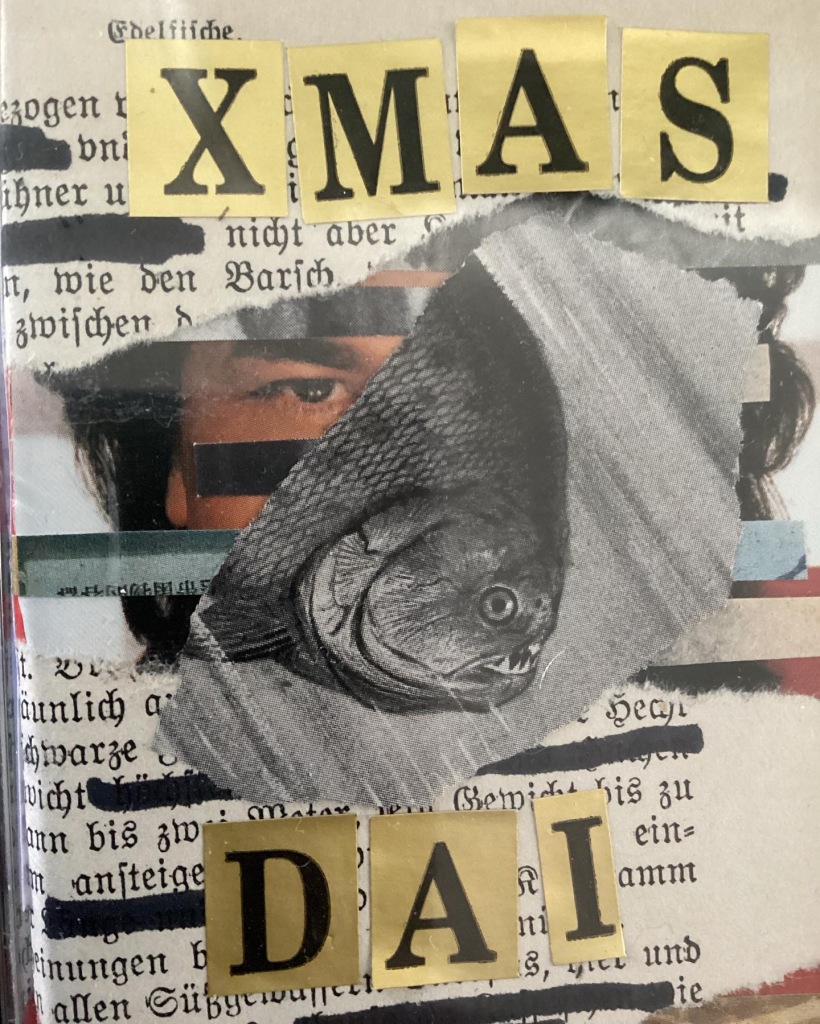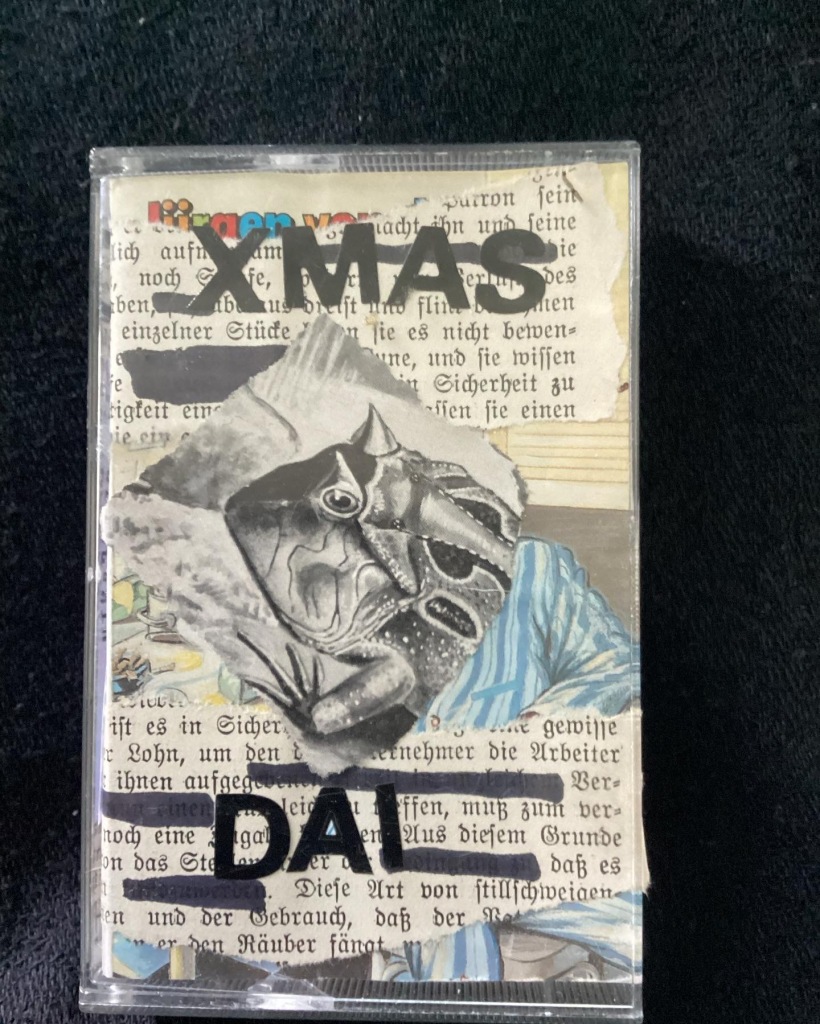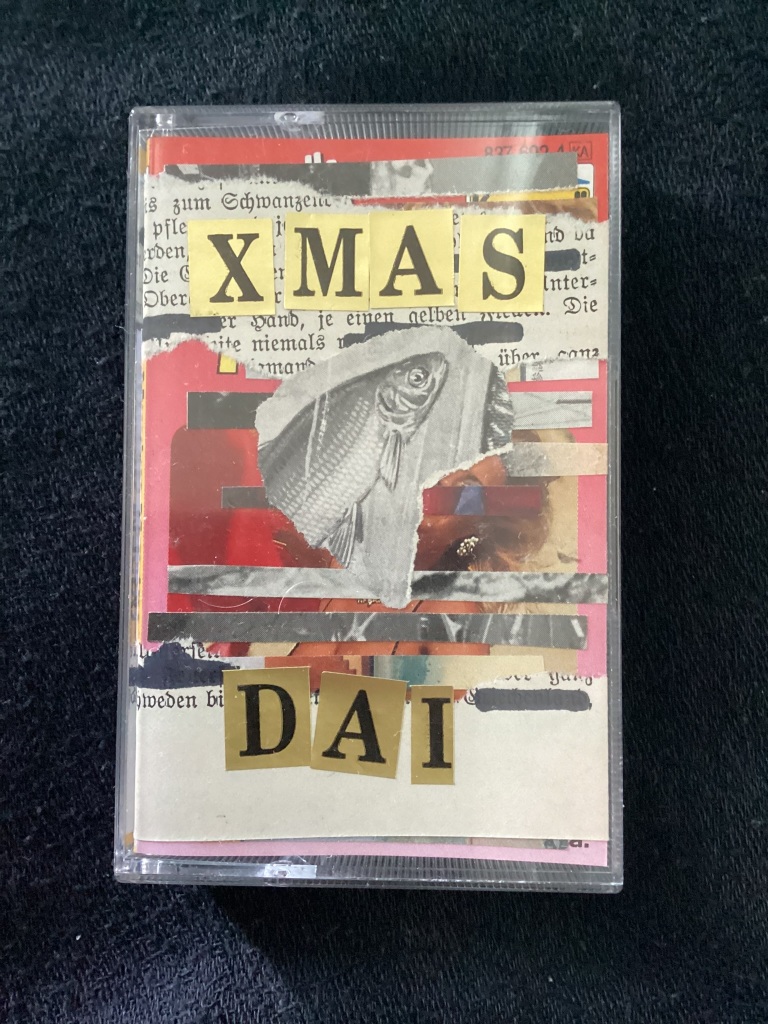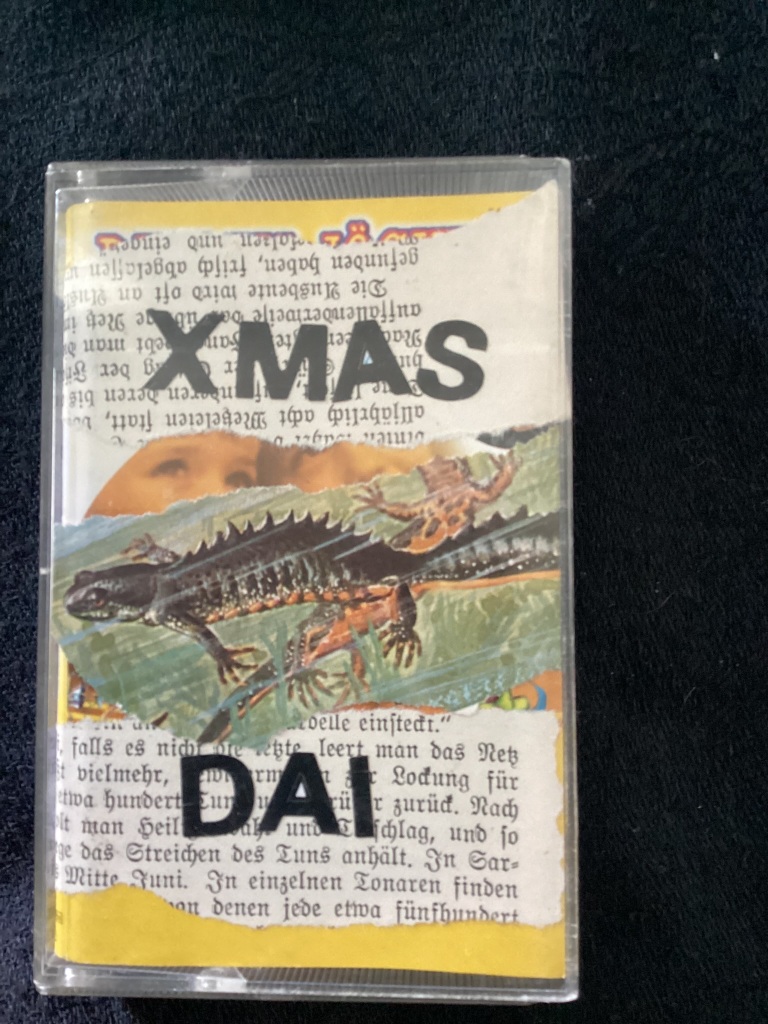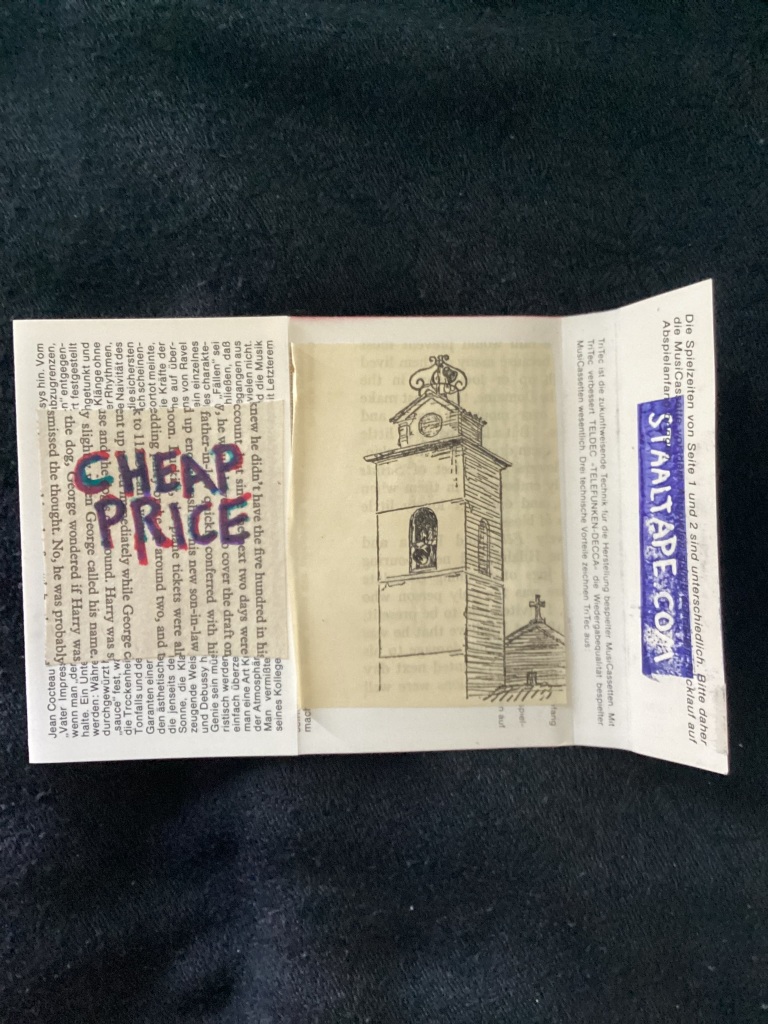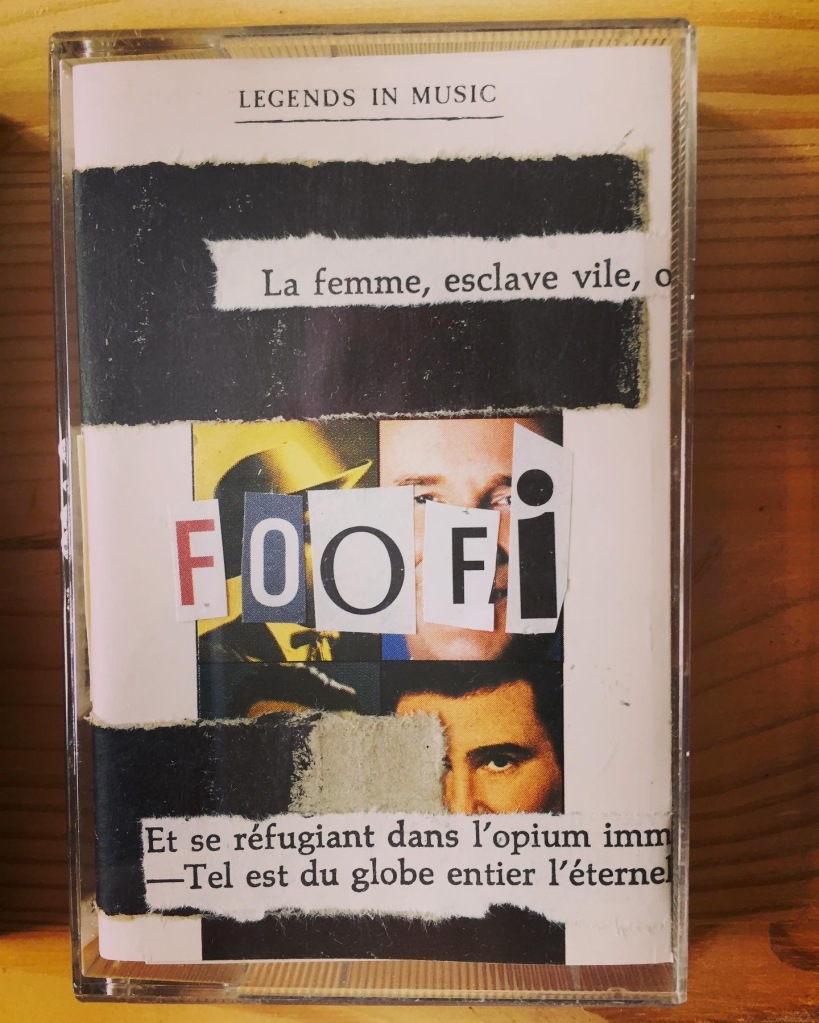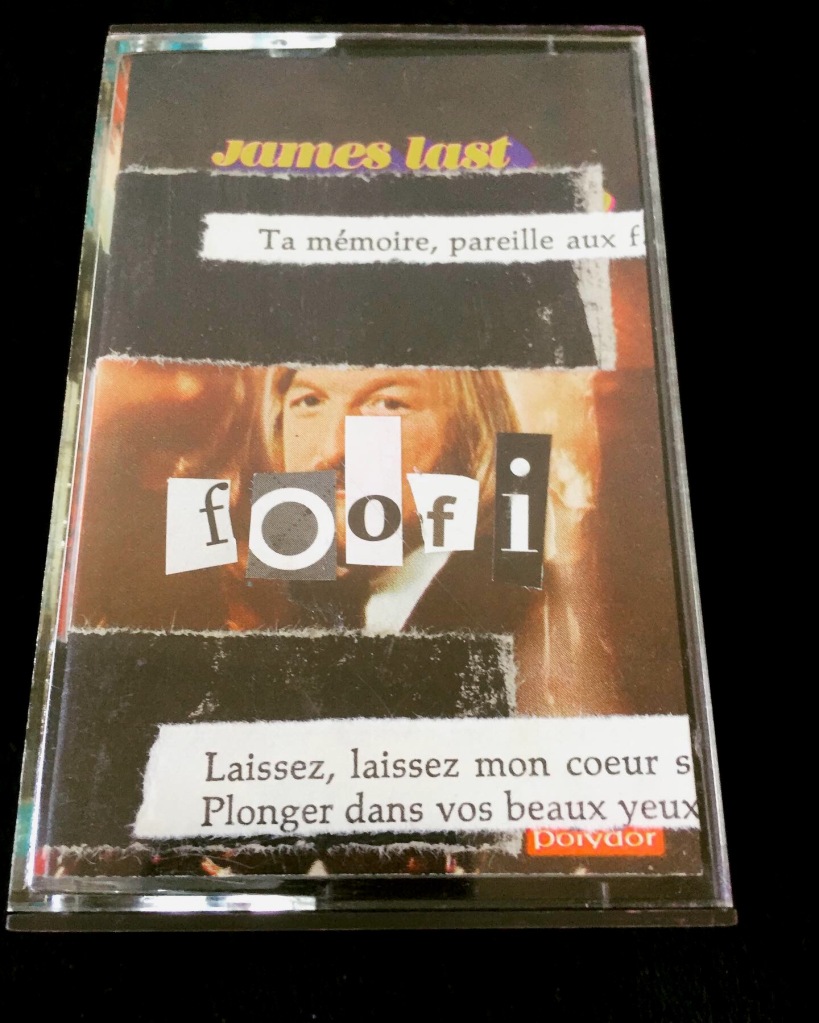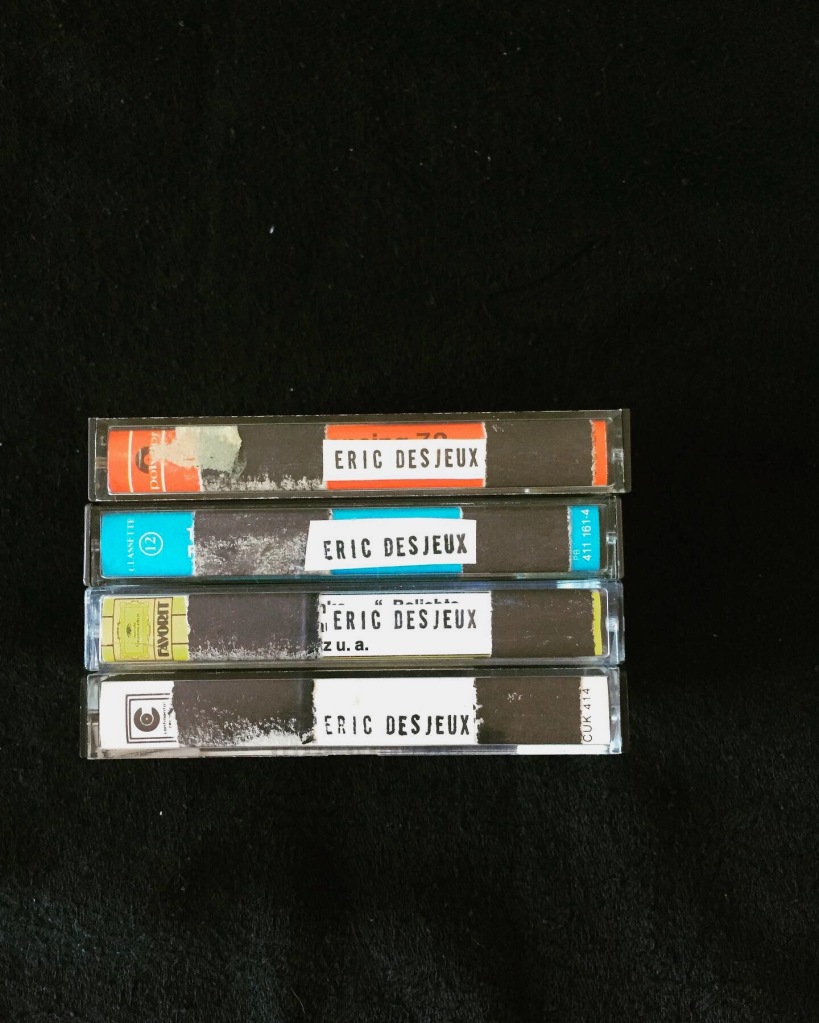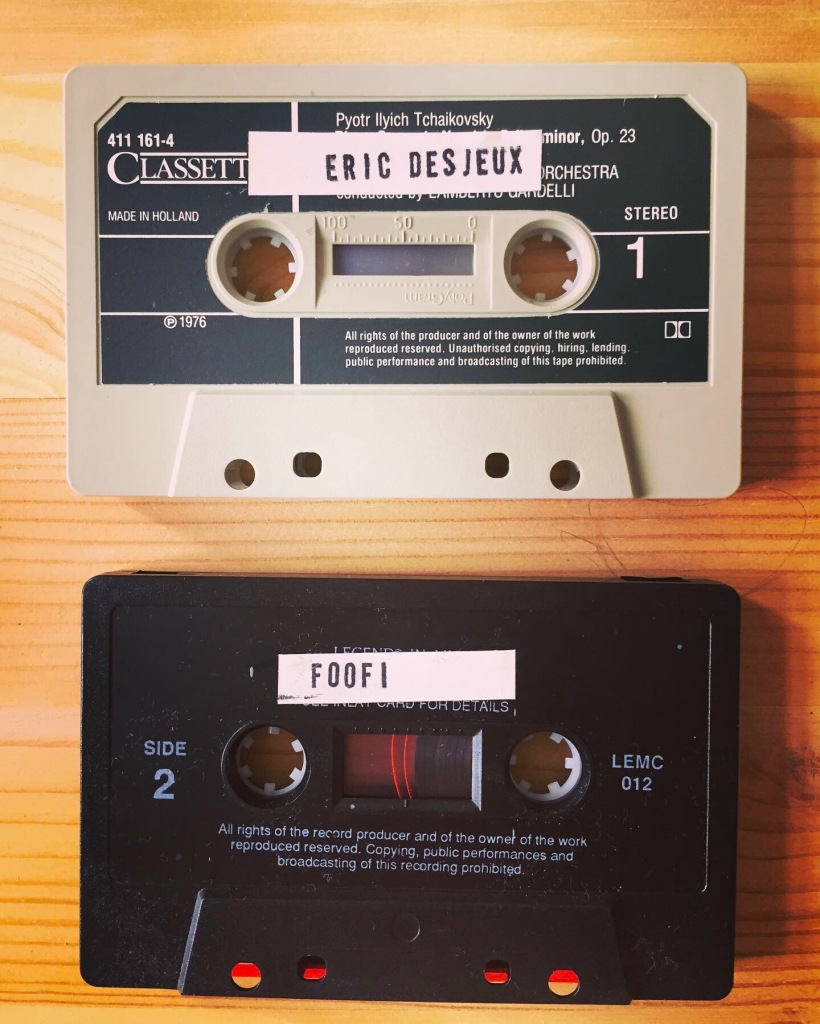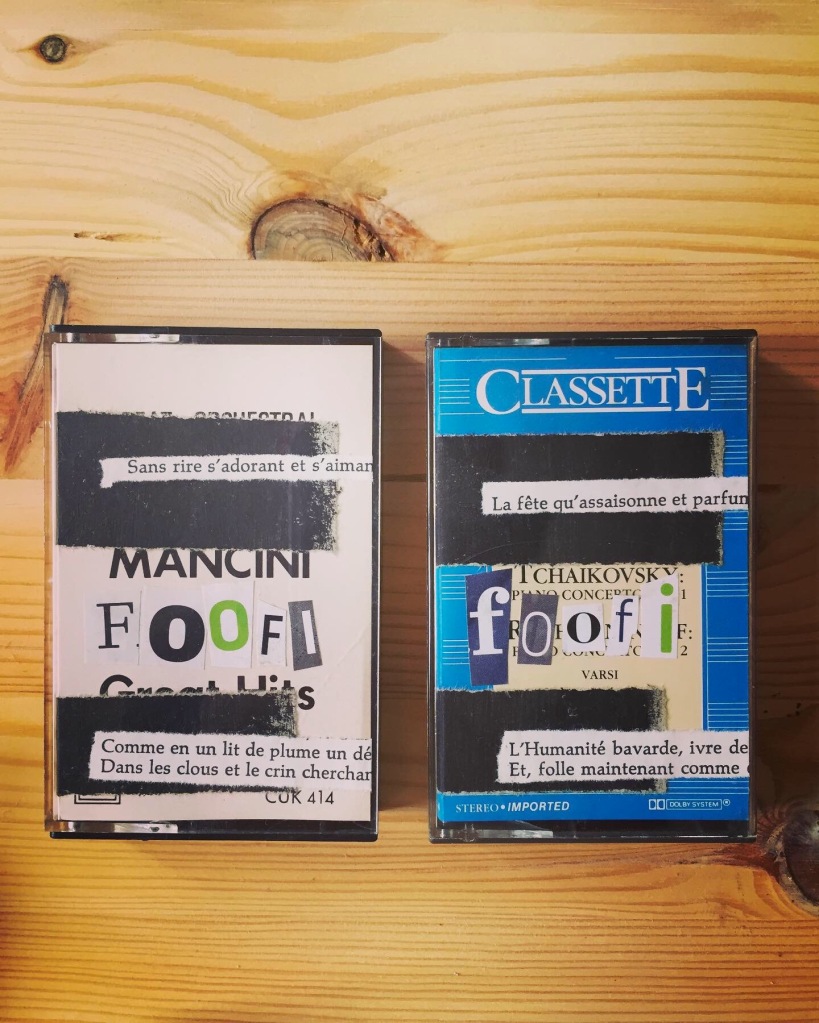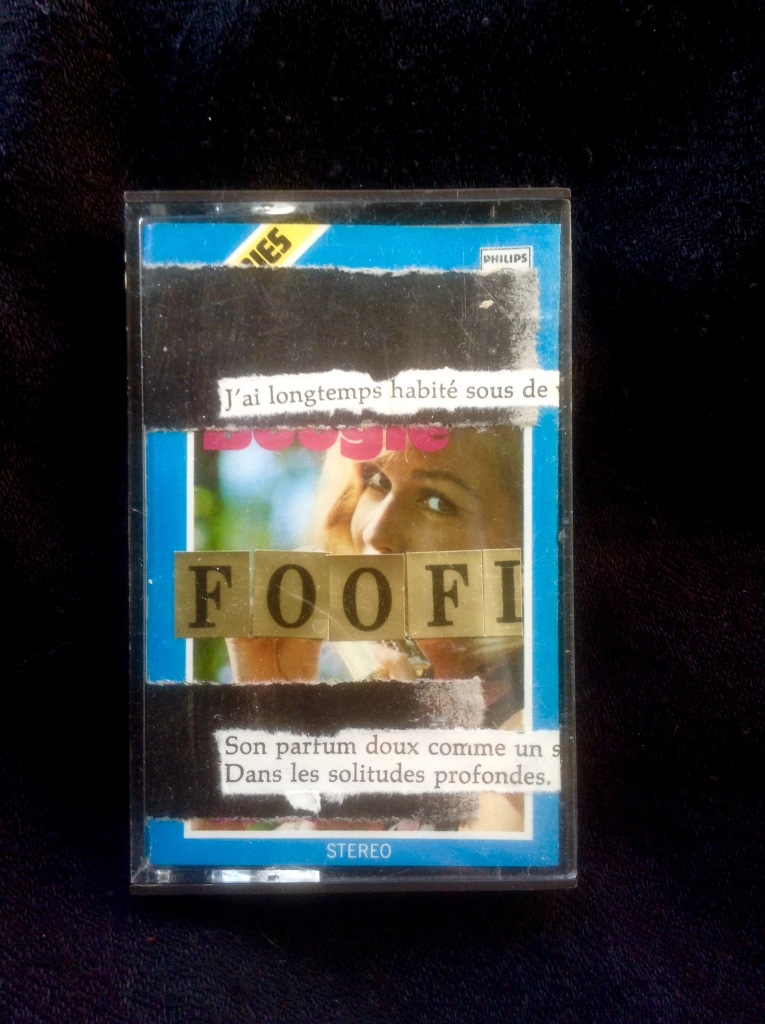The sounds on this tape stress the importance of forgetting.
I used many every day objects, simple objects,
to record the source material directly on magnetic tape.
These were objects that we encounter…bricks, wood, stairs.
The objects I chose had an extra historic layer;
they were made and used before the war,
in a part of Poland that belonged to the German Reich.
I mixed these sounds with music and speech from found tapes.
Those were relics of a (Polish) past that ceased to exist.
On side 2 I added an encounter with life – real and imagined-
in the former jewish neighbourhood Podgórze in Kraków.
Obviously also that era came to an end.
To remember everything in detail is impossible;
it would hurt too much and make life unbearable.
That is why we tell stories.
Sounds for Side 1 were mainly recorded in and around the Bishop’s Castle in Klein Peterwitz during the fierce winter of 2017
Sounds for Side 2 were recorded in Kraków in April and May 2017
Additional sounds on Side 1 come from tapes found in the streets of Wroclaw or at the Hala Targowa flea market in Kraków.
The Soundprojector wrote about this tape:
Rinus van Alebeek is usually noted here as curator of the unique releases on his own Staaltape label, which he is kind enough to send us, but he’s here today published on the Tutore Burlato label run by the equally unique fellow Ezio Piermatttei. How To Forget (TUTORE BURLATO 20) is probably one of the most personal and heartfelt releases Rinus has assembled; it has something to do with painful memories, of lost history, of leaving the past behind. He thinks it’s very important to forget things; to use his own expression, “to remember everything in detail is impossible; it would hurt too much and make life unbearable.”
To achieve this, he has deliberately visited parts of Poland that were occupied by the Germans during WWII, and explored buildings, objects, familiar things like bricks and stairways; it’s all part of a plan to connect to the past, to a way of life that has vanished. He goes even further on side two, making observations and impressions of a former Jewish neighbourhood in Krakow. He is focussed – some might say highly preoccupied – with an era that is past, and looks for traces of it in the physical ghosts and shells that remain. This is done with several sources – found tapes, spoken words, field recordings, music – and assembled using his highly intuitive collage method, which (to me) is much more effective than William Burroughs when it comes to allowing condensed blocks of the truth to leak out.
I especially like the way he claims to be dealing with the “real and imagined”; maybe he’s as much a novelist as he is a documentary sound artist, and he reserves the right to exercise his imaginative faculties. This is what gives How To Forget a certain compelling quality; it’s almost like a story, a sketchy radio play, where details are obliterated, characters only appear in a hazy, distant manner, and events are happening in the wrong order. Only Mark Vernon has come close to realising this kind of powerful narrative-essay-poem in sound. The story-telling is all part of van Alebeek’s strategy; for him, telling stories, making repeatable narratives, is what makes the unbearable past something we can live with. Profoundly sorrowful; an essential piece of work .
How to Forget was released by Tutore Burlato.
Artwork and production by Ezio Piermattei.
